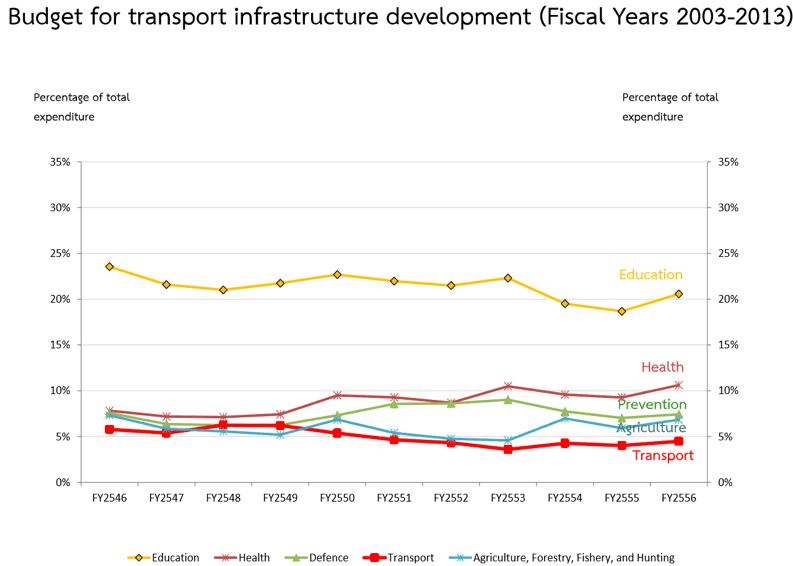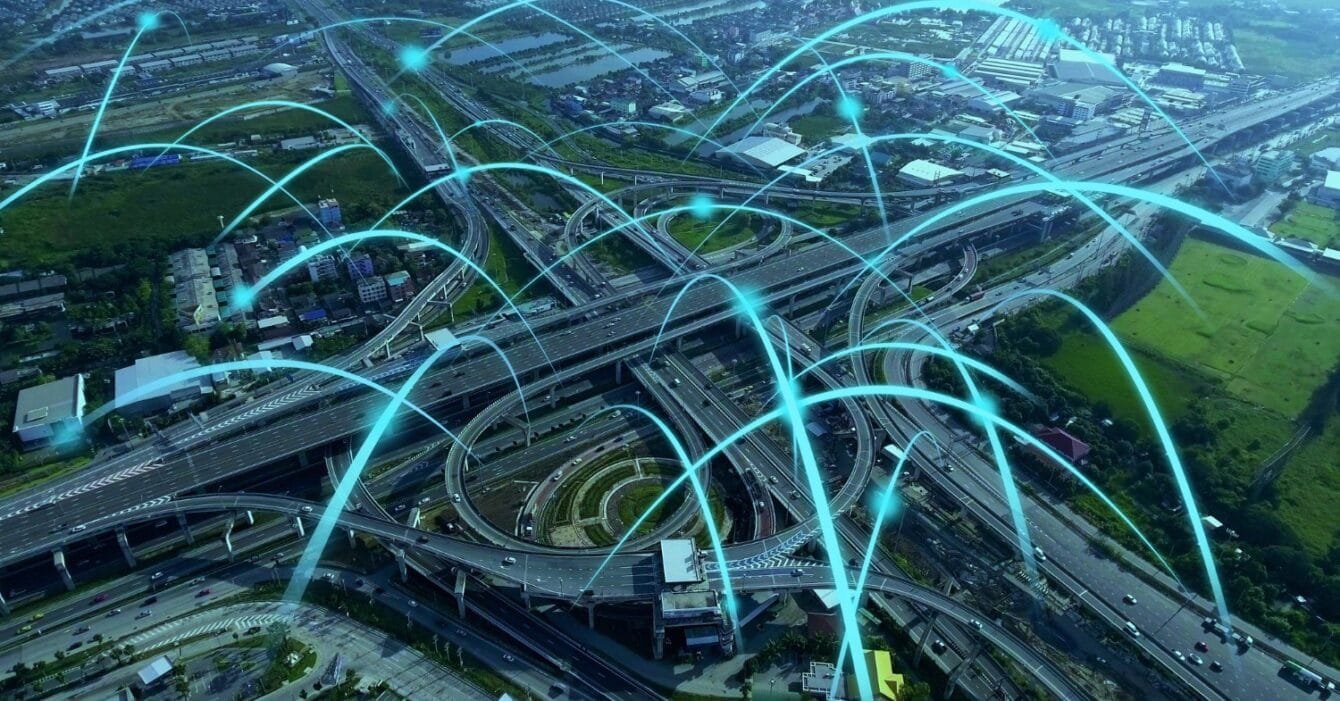Thailand’s infrastructure development is redefining its role as a regional hub in ASEAN. With significant investments in transport and energy projects, the country is enhancing regional trade routes, fostering economic integration, and positioning itself as a key player in Southeast Asia’s growth story. Understand how Thailand Infrastructure Connectivity is connecting cities and creating economic opportunities now!
Transport Projects Driving Thailand Infrastructure Connectivity

Thailand’s strategic location makes it a vital link in ASEAN’s connectivity framework. The government has allocated USD 25.2 billion for 36 major transport projects, including railways, highways, ports, and airports. These projects aim to improve trade routes and reduce logistics costs across the region.
The Eastern Economic Corridor (EEC) is a cornerstone of Thailand’s transport strategy. With a planned investment of USD 43 billion, the EEC focuses on airport expansions, new railways, and seaport upgrades. These initiatives enhance local and cross-border connectivity, boosting trade and attracting foreign investment.
Read Also: Thailand Infrastructure Investment and the Construction Landscape
Energy Infrastructure for ASEAN Integration
Energy connectivity is another priority for Thailand. The country is exploring cross-border energy trading within ASEAN to strengthen regional cooperation. By developing shared energy infrastructure, Thailand aims to meet growing energy demands while supporting sustainable development.
These efforts align with broader ASEAN goals to create a more interconnected energy market. Improved energy infrastructure not only ensures stability but also drives economic integration by enabling seamless energy exchange across borders.
Read Also: The Road of Thailand Renewable Energy in Construction
Digital Infrastructure: The Backbone of Modern Thailand Infrastructure Connectivity
Thailand’s digital infrastructure is also evolving rapidly. Fixed broadband subscriptions increased from 12.79 million in 2016 to 21.34 million in 2022, and the country rose from 34th to 11th in global broadband performance rankings.
Digital infrastructure investments are critical for supporting smart cities, e-commerce, and digital trade across ASEAN. Since 2016, the government has invested THB 4 trillion (approximately USD 110 billion) in infrastructure projects, emphasizing the integration of digital and physical connectivity.
Read Also: Thailand Technology Integration and the Future of Construction
Economic Benefits of Enhanced Thailand Infrastructure Connectivity
Infrastructure improvements in Thailand are expected to drive significant economic benefits. Increased connectivity boosts intra-ASEAN trade volumes, enhances logistics efficiency, and creates opportunities for foreign direct investment.
The construction of transport and energy projects also creates jobs, contributing to economic growth. Public-private partnerships (PPPs) play a crucial role in financing these initiatives, ensuring long-term sustainability and shared benefits for stakeholders.
Challenges and Opportunities
Despite progress, challenges remain. Bureaucratic hurdles and funding limitations can delay projects. Additionally, ensuring environmental sustainability in large-scale infrastructure projects requires careful planning and adherence to global standards.
However, Thailand’s commitment to regional integration and its collaboration with international organizations like the Asian Development Bank (ADB) highlight its potential to overcome these obstacles. By addressing these challenges, Thailand can solidify its position as a leader in ASEAN connectivity.
Thailand Infrastructure Connectivity projects are more than just investments in roads and bridges—they are pathways to regional growth and integration. From transport corridors to energy networks and digital systems, these initiatives create opportunities for economic expansion and cooperation within ASEAN. As Thailand continues to invest in connectivity, it strengthens its role as a regional hub, paving the way for a more integrated and prosperous Southeast Asia.

